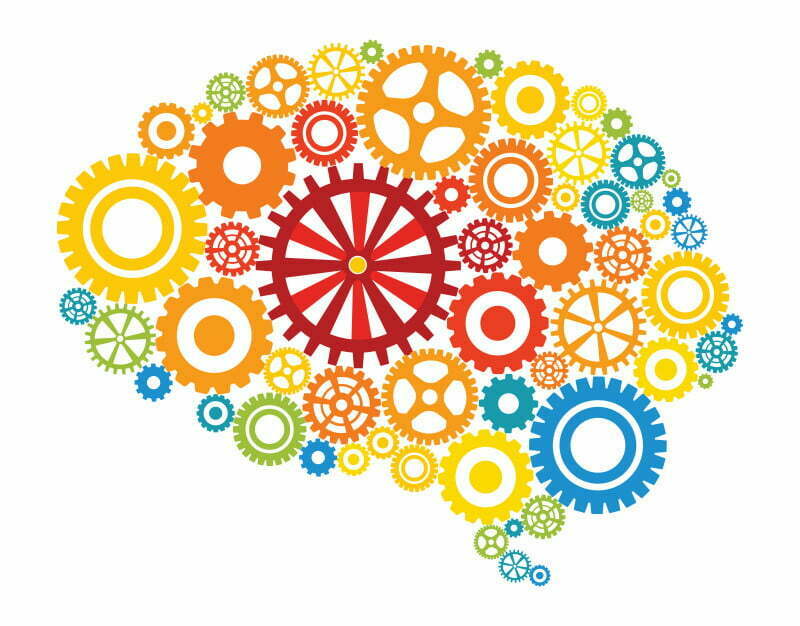Knowing that many clinicians find it difficult to correctly diagnose patients with Lewy body dementia, researchers have set out to develop a clinical profile for these patients. Their findings are published in the Journal of Alzheimer’s Disease.
The study compared 21 patients with Lewy body dementia to 21 patients with Alzheimer’s disease and 21 patients with Parkinson’s disease. The patients were carefully matched by age, gender, education, race, degree of cognitive impairment, and degree of motor (physical) impairment. Pairs were compared using cognitive, functional, behavioral and motor measures.
Researchers found that the diagnosis is likely Lewy body dementia if the patient is characterized by a specific cognitive profile (retrieval memory disturbance and deficits in visuospatial and executive domains), along with axial (trunk/body) posture impairments & gait/balance instability. Compared to Alzheimer’s patients, Lewy body dementia patients have more executive and visuospatial deficits and less amnesia and disorientation, and also show more daytime sleepiness, cognitive/behavioral fluctuations, hallucinations and obstructive sleep apnea than either Alzheimer’s or Parkinson’s patients. Significant correlations were noted between axial motor, balance and gait disturbances and executive functioning, visuospatial abilities and global cognitive deficits.
Lewy bodies are collections of proteins (alpha-synuclein) that accumulate abnormally in the brain, that are not typically seen in Alzheimer’s, and are deposited in different parts of the brain than in Parkinson’s. These toxic alpha-synuclein proteins accumulate gradually, impact specific brain regions leading to its unique clinical symptoms and disease course, and need to be treated and managed differently than those with Alzheimer’s or Parkinson’s disease.
Paper: “Paired Studies Comparing Clinical Profiles of Lewy Body Dementia with Alzheimer’s and Parkinson’s Diseases” Reprinted from materials provided by The Ohio State University.

